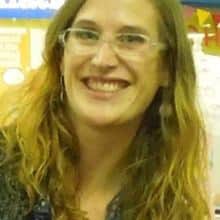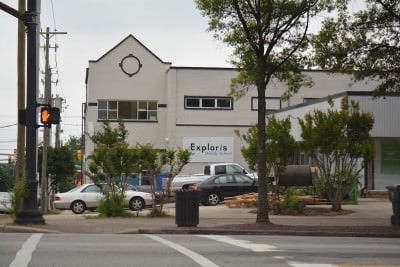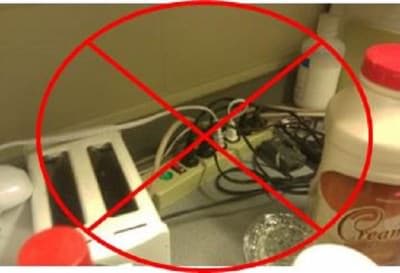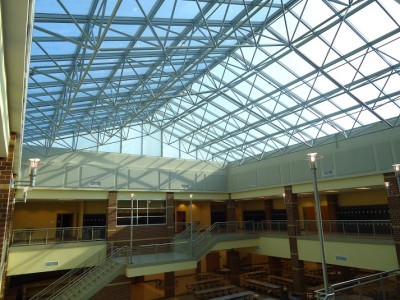

A critical responsibility for an educator is to prepare students for future success, a preparation both aspirational and pragmatic. Teachers must balance, “What do you want to be when you grow up?” with, “What are the practical skills you will need to thrive in the economy that awaits you?”
Looking ahead, we must all consider the areas where our state’s economy is growing and how we will retain the talent coming from our K-12 schools, universities, and colleges.
A glance at sectors experiencing job growth in North Carolina proves that real potential for current and future job growth lies in our state’s growing green economy. In a green economy, growth brings greater social equity and inclusiveness while also fostering a healthy environment where natural resources are responsibly managed. It simply shows that what is good for our environment is also good for our people.
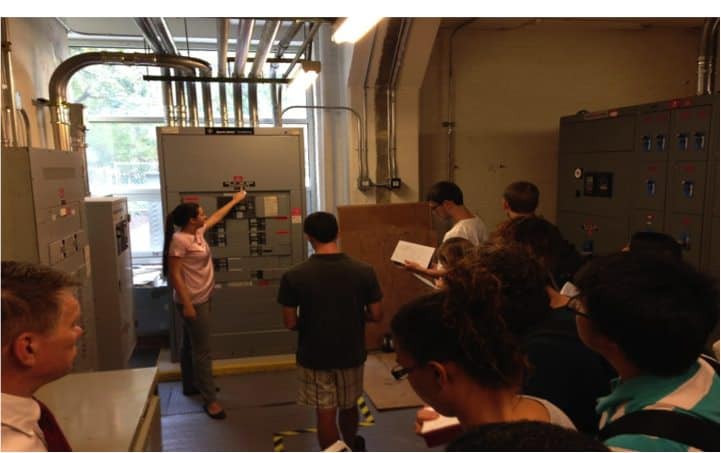

Where the jobs are
The 2014 NC Clean Energy Industry Census results show that there are approximately 1,200 clean energy firms providing 22,995 full-time equivalent jobs and generating $4.8 billion in gross revenue. This represents an annual growth of approximately 25 percent since 2012. Clean Energy sectors include solar, building efficiency, and geothermal, among others. Businesses depending on these sectors involve everything from the sale of renewable energy systems to the design and construction of new buildings.
A 2015 Jobs Report shows that North Carolina is ranked 5th nationally for new clean energy jobs with 700 jobs announced in the second quarter of 2015.
Another economic driver in our state is Green Building, which refers to the planning, design, construction, and operations of buildings that consider the building’s overall impact on energy and water use, indoor air quality, materials selection, and effect on the site itself. LEED, or Leadership in Energy & Environmental Design, is the gold standard rating system for green building.
According to their 2015 Economic Impact Report, the US Green Building Council found that between 2011-2014, Green Construction accounted for 243,000 jobs in North Carolina (direct, indirect, and induced) with 67,000 of those jobs tied to LEED projects. It is projected that between 2015-2018, green construction will contribute 461,000 jobs in North Carolina (direct, indirect, and induced) with 72,000 of them tied to LEED projects. These numbers help make our state a national leader in green building.
Preparation that makes a difference
Students at The Academy of Green Technology at Douglas Byrd High School embody the school’s mission. Currently teams of students are working on an energy saving LED lighting project, preparing to work on an aquatic turtle conservation project, developing a farm-to-table grant application, and collecting recyclables at football games. The school’s current curriculum focuses on sustainable issues, such as energy auditing and sustainable building, with course work that allows them to earn college credits. Students are directly involved in their school’s energy conservation efforts, including an LED light replacement project where they collected and assessed energy data. The students will present their findings to the Cumberland County School Board later this fall.
Denise Renfro, the school’s director explains, “We want them prepared to enter college or the workforce aware of their environment, able to adapt to constantly changing technology, and able to apply green energy and sustainability principles.”
The LEED Laboratory at NC State, is an interdisciplinary course designed to give students hands on experience with upgrading a campus facility for utility efficiency and sustainability. Students also received green building project experience needed to take the LEED Accredited Professional exam, a green building professional designation.
A graduate of the course, Riley Harwood, found the experience valuable, “because green building projects involve people from different disciplines including engineers, architects, and construction professionals.”
Exposure to real world work environments make these students better prepared to start their job searches.
John Wojciechowski is a lead instructor at Cape Fear Community College’s Sustainable Technologies program, which prepares students for careers in energy efficiency, green construction, renewable energy, environmental, infrastructure, and consulting industries, and states that graduates are, “well rounded and proficient in energy efficiency, green building, building science, energy modeling, renewable energy, construction, water use, waste reduction, safety, and business sustainability.”
If you build it…
Throughout the state, we have numerous examples of successful initiatives that are cultivating students’ passions while preparing them to compete. Green economic opportunities are here now, for which we must ensure a homegrown workforce.
